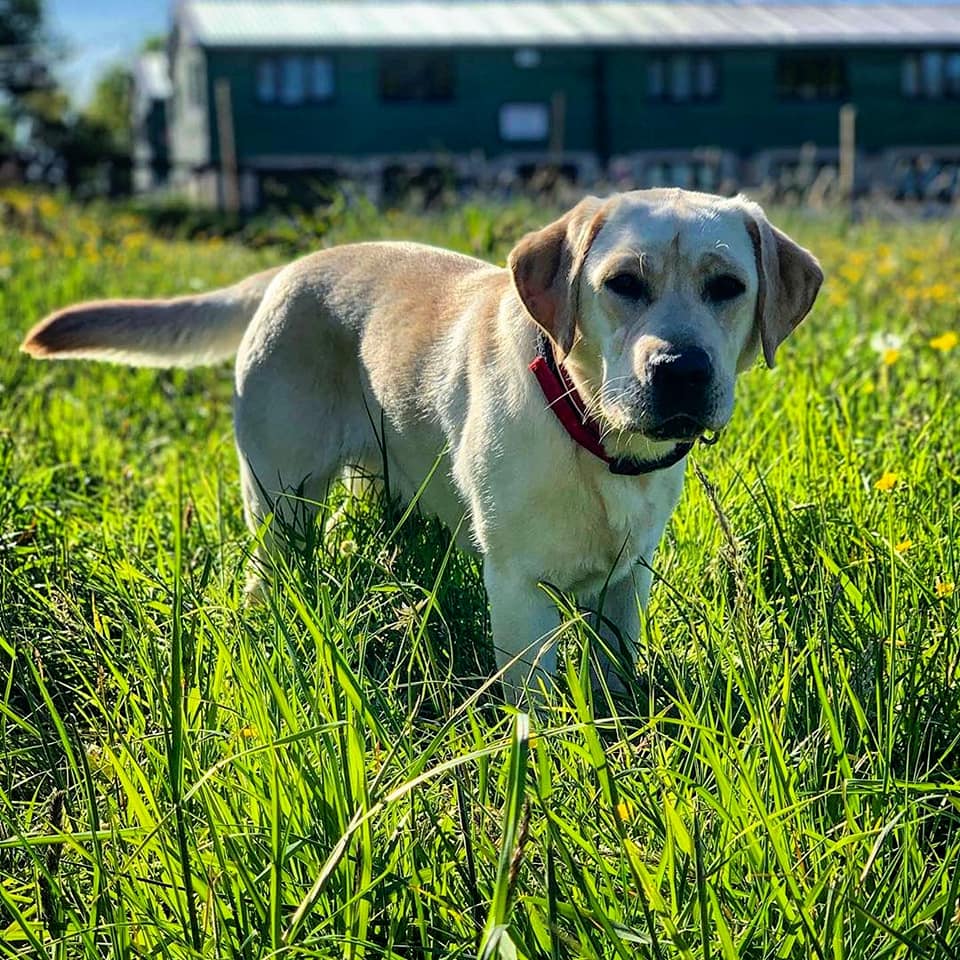The Gold Standard in Physiotherapy and Hydrotherapy for dogs
The Gold Standard in Physiotherapy and Hydrotherapy for dogs

Total elbow replacement (TER) surgery is a rarely conducted major procedure with possible complications. It is only performed in dogs where the benefits of surgery outweigh the possible risks and where alternative methods of treatment are less successful.
Candidates for surgery are dogs with persistently painful elbows that are not responding satisfactorily to medical management. Signs of elbow pain include lameness, stiffness, restlessness and reluctance to exercise and play. The most common cause of elbow joint pain is osteoarthritis associated with elbow dysplasia.
Joint replacements are amongst the most challenging operations performed by veterinary orthopaedic surgeons.
The operations are performed through an incision over the elbow joint. Careful preparation of the three bones that make up the elbow is necessary prior to placement of the relevant prostheses. The artificial components are inserted into the joint where bone has been removed and secured in a variety of ways.
Aftercare following TER surgery is very important with rehabilitation taking many months. Exercise must be very restricted for the first few weeks until the joint capsule and other soft tissues heal.
Exercise is primarily for toileting purposes. At other times confinement to a pen or a small room in the house is necessary with avoidance of jumping and climbing. After a few weeks, exercise may be gradually increased in a controlled manner (still on a lead). Hydrotherapy is generally recommended.
Clinical and radiographic examination is recommended one year following TER surgery and annually thereafter.
Rehabilitation is a process which aims to maximise patient mobility and wellbeing, returning them to their usual way of life following illness, injury or surgery. We restore pets to normal function (or as close as is possible), efficiently and safely using a wide variety of physiotherapeutic techniques.
Injury and even surgery can disrupt the body’s equilibrium in all sorts of direct and indirect ways. Even a pet’s own protective responses such as the inflammatory process can overwhelm and inhibit healing so one objective of rehabilitation is to reduce this level of inflammation. During rehabilitation, we also aim to boost the circulatory system, improve muscle function, increase range of motion within joints, and stimulate innate pain-relieving mechanisms.
With a committed and planned rehabilitation programme, pets can recover more quickly, realise better outcomes and avoid much pain and discomfort.
The best rehabilitation programmes consider the whole pet, not just the area of injury; we target and improve multiple systems throughout the body without forgetting the invaluable healing effects of boosting mental wellbeing too. From the wound healing properties of laser treatment, and the muscle strengthening of hydrotherapy, to the circulation boosting effects of massage, we will devise a rehabilitation programme to match a pet’s specific requirements.
Our friendly and skilled physiotherapists are ready to help you and your dog with their rehabilitation.
The content on this page is for advice and information only and does not represent veterinary guidance or direction. Please always consult a veterinary surgeon if you are worries about your dog.